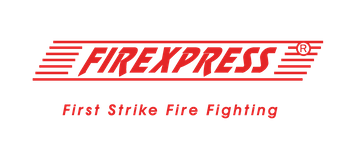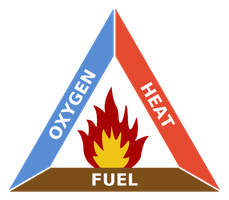THE RIGHT COMBINATION OF DROP SIZE, PRESSURE AND SPRAY RANGE
Use of water is the traditional way to extinguish fires. Due to the relative low boiling point of water (100 °C/212 °F), which usually is lower than the flash point of the materials on fire, the combustion process of the materials on fire is diminished by the application of water. It is simply easier for the fire to evaporate the water than to combust the burning materials.
The evaporation process happens faster for small water drops than for larger water drops. Manufacturers of fire fighting equipment have therefore tried various ways to reduce the size of the water drops. Most does this by increasing the pressure to break the water jet into water droplets inside the nozzle. The increase in pressure has however several drawbacks. This includes a lot of entrained air, less control of hot gasses, safety distances for spray directly on humans, substantial recoil and uncontrollable spreading of burning debris etc.
If the pressure is reduced it will not only increase the size of the water droplets, but it will also reduce the spray range, which is undesirable.
The design measures of most companies to achieve small water droplets, low pressure and a long spray range are countering each other leading to manufacturers accepting a compromise, and not achieving the optimal performance of the nozzle.
Firexpress has designed the nozzle of the lance in such a way that it achieves the optimal combination of drop size, pressure and spray range of its micro-drops.
FIREFIGHTING
The fire triangle illustrates that three elements are needed for a fire to ignite and keep burning: heat, fuel (any flammable material) and an oxidizing agent (usually oxygen).




